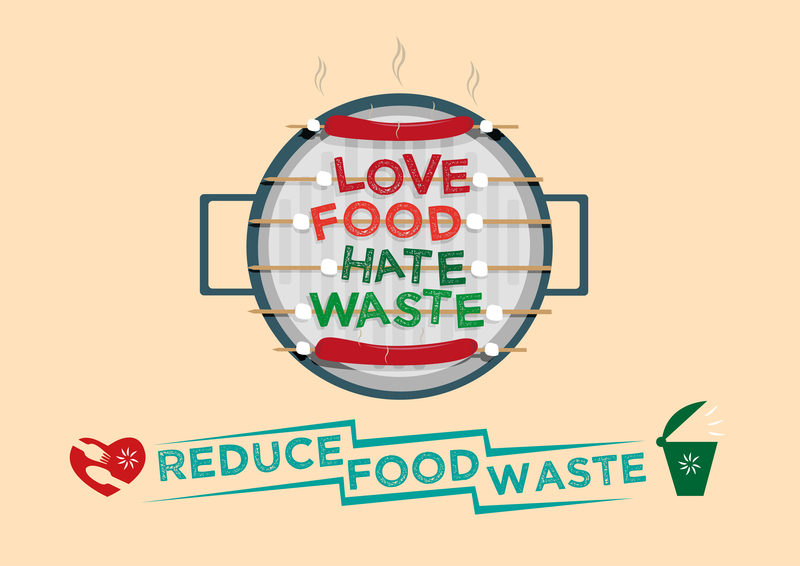As the world advances towards sustainable energy solutions, identifying potential waste streams for energy transformation has become crucial. The challenge lies in recognizing and classifying waste materials that can be redirected as valuable energy sources. This article delves into the process of identifying waste streams and examines how they can be harnessed to contribute to energy transformation.
Understanding Waste Streams
Waste streams are essentially the flow of discarded materials through collection, processing, recovery, and disposal. The primary objective in identifying these waste streams for energy production is to divert as much waste as possible from landfills and transform it into useful energy.

Types of Waste Streams
The categorization of waste streams is critical. Broadly, they are classified into the following:
- Municipal Solid Waste (MSW): This includes household and commercial waste such as paper, plastics, textiles, and food scraps.
- Industrial Waste: By-products from manufacturing units, often including scraps, slag, and chemical remains.
- Agricultural Waste: Derived from farming and includes crop residues, manure, and processing waste.
- Construction and Demolition Waste: Debris generated from building renovations and demolitions.
- Electronic Waste: Discarded electronic devices, typically rich in metals and plastics.
Factors to Consider When Identifying Waste Streams
While pinpointing suitable waste streams for energy recovery, certain factors are paramount:
Composition and Quality of Waste
The main criterion is the chemical and physical composition of the waste. For instance, organic waste from food and plants is ideal for biogas production, while plastic waste can be converted to fuel through pyrolysis.
Quantity Available
The volume of waste disposal available dictates the feasibility of energy transformation. A steady and sufficient supply is fundamental to justify the investment in converting facilities.
Proximity to Processing Facilities
The location plays a crucial role. The closer the waste source is to energy transformation facilities, the lower the transportation costs and carbon footprint, enhancing overall project sustainability.
Technologies for Energy Transformation
Several cutting-edge technologies are employed to transform waste into energy. These include:
Incineration
Primarily used for handling solid waste, incineration involves high-temperature combustion to generate electricity. Although controversial due to emissions, with advancing filtration technology, it remains a viable option.
Gasification
This process converts organic or carbonaceous materials into syngas, a cleaner fuel. It is preferable for varied waste types, including industrial and MSW.
Pyrolysis
An advanced thermal decomposition technique of organic materials at elevated temperatures in the absence of oxygen. It's predominantly utilized for plastics and rubber, transforming them into valuable fuels and chemicals.
Anaerobic Digestion
A biological process that harnesses organic waste like food waste and manure to produce biogas, which can be used for heating, electricity, or as vehicle fuel.
The Role of Policy and Regulation
Governments worldwide play a vital role in guiding the direction of waste management and energy policies. Offering incentives for industries adopting greener methods and imposing regulations on landfill usage can channel more investment into energy transformation technologies.
The Economic and Environmental Impacts
Economically Viable Solutions
Energy transformation initiatives definitely present lucrative economic opportunities. By encouraging resource recovery, industries can significantly cut costs related to waste disposal and energy procurement.
Environmental Conservation
Converting waste into energy reduces landfill usage, cuts down on pollution, and mitigates greenhouse gas emissions. It moves the global community closer to a circular economy, significantly cutting down resource wastage.
Challenges in Adopting Waste-to-Energy (WTE) Practices
While the potential for waste conversion into energy is vast, several challenges persist:
- Financial Barriers: High initial costs and maintenance of energy conversion facilities can deter small-scale enterprises.
- Technological Constraints: Not all waste streams are currently convertible, limiting the range of potential waste types for energy transformation.
- Social Acceptance: Public concerns about emissions from waste-to-energy plants can slow down project approvals and discourage wide-scale adoption.

Future Perspectives
Continued advancement in waste sorting technologies and alternative energy solutions promises a promising future for waste-to-energy initiatives. Developing strategies focused on maximizing waste value and aligning with sustainable practices will ensure substantial environmental and economic gains.
Conclusion
Identifying and leveraging waste streams for energy transformation is pivotal for a sustainable future. With precise classification, innovative technologies, and strong policy frameworks, we can unlock the full potential of waste as an energy resource. This not only aids in sustainable energy production but also contributes significantly to environmental conservation.
As we continue to innovate and refine these processes, embracing waste-to-energy technologies offers solutions that are both economically feasible and environmentally responsible, steering us towards a cleaner, greener planet.